As we go about our daily lives, cleanliness and hygiene play a crucial role in maintaining a healthy and safe environment. One key household product that has been a staple in maintaining cleanliness for years is bleach. Bleach is a potent chemical compound that is widely used for disinfecting, whitening, and deodorizing various surfaces in our homes. In this article, we will explore the multiple benefits of using bleach, its applications, safety precautions, and how it can be a valuable addition to your cleaning routine. To begin with, bleach is a powerful disinfectant that helps kill germs and bacteria on surfaces, making it a vital tool in preventing the spread of illnesses and infections. Its ability to effectively eliminate harmful microorganisms makes it an essential product in households, especially during times when hygiene is of utmost importance. By incorporating bleach into your cleaning regimen, you can ensure that your living spaces are not only visibly clean but also free from invisible pathogens that may pose a health risk to you and your family.
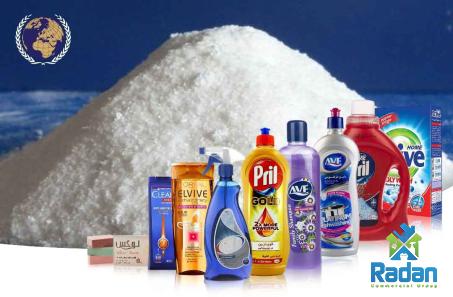
.
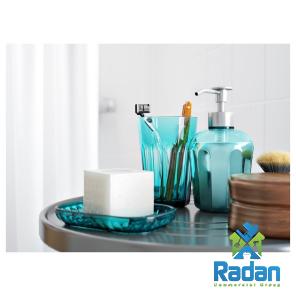 Furthermore, bleach is known for its whitening properties, making it a popular choice for laundry and stain removal. Whether you are dealing with tough stains on clothing or dingy white linens, bleach can help restore them to their original brightness. Its bleaching action works by breaking down the chemical bonds of pigments in stains, allowing them to be easily washed away. Additionally, bleach can be used to brighten grout lines, tile surfaces, and even plastic items that have become discolored over time. In addition to its disinfecting and whitening abilities, bleach is also an excellent deodorizer. Its strong scent can help mask unpleasant odors and leave your home smelling fresh and clean. By adding a small amount of bleach to water and using it to mop floors, clean bathroom surfaces, or sanitize garbage bins, you can effectively eliminate odors and create a more pleasant living environment. When using bleach, it is important to follow safety precautions to ensure its proper and safe use. Bleach is a corrosive substance that can cause skin and eye irritation, as well as respiratory issues if inhaled in high concentrations. It is essential to wear protective gear such as gloves and goggles when handling bleach and to ensure proper ventilation in the area where it is being used. Moreover, bleach should never be mixed with other cleaning products, especially ammonia or vinegar, as this can produce toxic fumes that are harmful to your health. In terms of application, bleach can be used in various ways to tackle different cleaning tasks around the house. For general surface disinfection, you can create a bleach solution by diluting it with water and using it to wipe down countertops, sinks, and other hard surfaces. To disinfect and deodorize cutting boards, kitchen sponges, and other kitchen items, simply soak them in a bleach solution for a few minutes before rinsing thoroughly.
Furthermore, bleach is known for its whitening properties, making it a popular choice for laundry and stain removal. Whether you are dealing with tough stains on clothing or dingy white linens, bleach can help restore them to their original brightness. Its bleaching action works by breaking down the chemical bonds of pigments in stains, allowing them to be easily washed away. Additionally, bleach can be used to brighten grout lines, tile surfaces, and even plastic items that have become discolored over time. In addition to its disinfecting and whitening abilities, bleach is also an excellent deodorizer. Its strong scent can help mask unpleasant odors and leave your home smelling fresh and clean. By adding a small amount of bleach to water and using it to mop floors, clean bathroom surfaces, or sanitize garbage bins, you can effectively eliminate odors and create a more pleasant living environment. When using bleach, it is important to follow safety precautions to ensure its proper and safe use. Bleach is a corrosive substance that can cause skin and eye irritation, as well as respiratory issues if inhaled in high concentrations. It is essential to wear protective gear such as gloves and goggles when handling bleach and to ensure proper ventilation in the area where it is being used. Moreover, bleach should never be mixed with other cleaning products, especially ammonia or vinegar, as this can produce toxic fumes that are harmful to your health. In terms of application, bleach can be used in various ways to tackle different cleaning tasks around the house. For general surface disinfection, you can create a bleach solution by diluting it with water and using it to wipe down countertops, sinks, and other hard surfaces. To disinfect and deodorize cutting boards, kitchen sponges, and other kitchen items, simply soak them in a bleach solution for a few minutes before rinsing thoroughly.
..
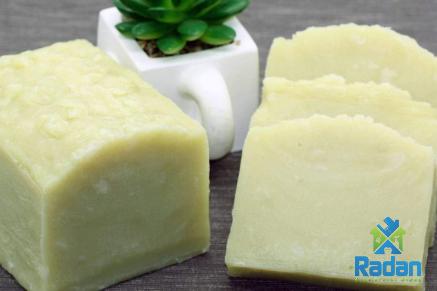 For laundry whitening, add a small amount of bleach to the washing machine along with your detergent to brighten whites and remove stains effectively. When it comes to outdoor cleaning, bleach can also be a valuable ally. From removing mold and mildew on outdoor furniture to sanitizing garbage cans and outdoor surfaces, bleach can help maintain a clean and hygienic outdoor living space. Diluted bleach can also be used to clean and sanitize gardening tools, pots, and other outdoor items to prevent the spread of pathogens in your garden. In conclusion, bleach is a versatile cleaning product that offers a wide range of benefits for maintaining cleanliness and hygiene in your home. Its disinfecting, whitening, and deodorizing properties make it a valuable addition to your cleaning arsenal, helping you create a safe and healthy living environment for you and your loved ones. By following proper safety precautions and using bleach as directed, you can harness its powerful cleaning capabilities to keep your home clean, fresh, and germ-free. Incorporate bleach into your cleaning routine today and experience the transformative power of this household essential. In addition to its uses for household cleaning, bleach has a variety of applications in other settings as well. For example, in the realm of healthcare, bleach is commonly used in hospitals and medical facilities for its potent disinfecting properties. It is highly effective in killing a wide range of germs, including bacteria, viruses, and fungi, helping to prevent the spread of infections in healthcare settings. From sanitizing medical equipment to disinfecting surfaces in patient rooms, bleach plays a crucial role in maintaining a sterile environment that is essential for patient safety and well-being. Moreover, bleach is also utilized in industrial and commercial settings for a multitude of purposes. In manufacturing plants, bleach is often used for cleaning and sanitizing equipment and workspaces to ensure product quality and safety. In the food industry, bleach is employed to sanitize food processing equipment, containers, and surfaces to prevent contamination and ensure food safety standards are met.
For laundry whitening, add a small amount of bleach to the washing machine along with your detergent to brighten whites and remove stains effectively. When it comes to outdoor cleaning, bleach can also be a valuable ally. From removing mold and mildew on outdoor furniture to sanitizing garbage cans and outdoor surfaces, bleach can help maintain a clean and hygienic outdoor living space. Diluted bleach can also be used to clean and sanitize gardening tools, pots, and other outdoor items to prevent the spread of pathogens in your garden. In conclusion, bleach is a versatile cleaning product that offers a wide range of benefits for maintaining cleanliness and hygiene in your home. Its disinfecting, whitening, and deodorizing properties make it a valuable addition to your cleaning arsenal, helping you create a safe and healthy living environment for you and your loved ones. By following proper safety precautions and using bleach as directed, you can harness its powerful cleaning capabilities to keep your home clean, fresh, and germ-free. Incorporate bleach into your cleaning routine today and experience the transformative power of this household essential. In addition to its uses for household cleaning, bleach has a variety of applications in other settings as well. For example, in the realm of healthcare, bleach is commonly used in hospitals and medical facilities for its potent disinfecting properties. It is highly effective in killing a wide range of germs, including bacteria, viruses, and fungi, helping to prevent the spread of infections in healthcare settings. From sanitizing medical equipment to disinfecting surfaces in patient rooms, bleach plays a crucial role in maintaining a sterile environment that is essential for patient safety and well-being. Moreover, bleach is also utilized in industrial and commercial settings for a multitude of purposes. In manufacturing plants, bleach is often used for cleaning and sanitizing equipment and workspaces to ensure product quality and safety. In the food industry, bleach is employed to sanitize food processing equipment, containers, and surfaces to prevent contamination and ensure food safety standards are met.
…
 Its ability to kill a wide range of pathogens makes it a valuable tool in maintaining cleanliness and hygiene in various industries. Another key benefit of using bleach is its cost-effectiveness and convenience. Available in liquid form or as bleach tablets, this versatile cleaning agent is affordable and readily accessible at most supermarkets and stores. A small amount of bleach goes a long way in cleaning and disinfecting surfaces, making it a cost-efficient option for households and businesses looking to maintain a clean and germ-free environment. Furthermore, bleach is also an environmentally friendly choice when used responsibly. While bleach is a chemical compound that must be handled with care, it is biodegradable and breaks down into salt and water, reducing its impact on the environment. By using bleach in moderation and following proper disposal guidelines, you can minimize its environmental footprint and contribute to sustainable cleaning practices. When considering adding bleach to your cleaning routine, it is essential to choose the right type of bleach for your specific cleaning needs. There are different types of bleach available on the market, including chlorine bleach, oxygen bleach, and color-safe bleach. Each type has its unique properties and is formulated for specific purposes, so it is important to read the product labels and instructions to ensure you are using the correct type of bleach for the task at hand. In conclusion, bleach is a versatile and indispensable cleaning product that offers a myriad of benefits for maintaining cleanliness, hygiene, and safety in homes, healthcare facilities, and various industries. Its powerful disinfecting, whitening, and deodorizing properties make it a valuable ally in the fight against germs and bacteria, helping to create a clean and healthy environment for you and your family. By incorporating bleach into your cleaning routine and following proper safety precautions, you can harness its remarkable cleaning capabilities to achieve sparkling cleanliness and peace of mind. Embrace the power of bleach and elevate your cleaning game to a whole new level of effectiveness and efficiency.
Its ability to kill a wide range of pathogens makes it a valuable tool in maintaining cleanliness and hygiene in various industries. Another key benefit of using bleach is its cost-effectiveness and convenience. Available in liquid form or as bleach tablets, this versatile cleaning agent is affordable and readily accessible at most supermarkets and stores. A small amount of bleach goes a long way in cleaning and disinfecting surfaces, making it a cost-efficient option for households and businesses looking to maintain a clean and germ-free environment. Furthermore, bleach is also an environmentally friendly choice when used responsibly. While bleach is a chemical compound that must be handled with care, it is biodegradable and breaks down into salt and water, reducing its impact on the environment. By using bleach in moderation and following proper disposal guidelines, you can minimize its environmental footprint and contribute to sustainable cleaning practices. When considering adding bleach to your cleaning routine, it is essential to choose the right type of bleach for your specific cleaning needs. There are different types of bleach available on the market, including chlorine bleach, oxygen bleach, and color-safe bleach. Each type has its unique properties and is formulated for specific purposes, so it is important to read the product labels and instructions to ensure you are using the correct type of bleach for the task at hand. In conclusion, bleach is a versatile and indispensable cleaning product that offers a myriad of benefits for maintaining cleanliness, hygiene, and safety in homes, healthcare facilities, and various industries. Its powerful disinfecting, whitening, and deodorizing properties make it a valuable ally in the fight against germs and bacteria, helping to create a clean and healthy environment for you and your family. By incorporating bleach into your cleaning routine and following proper safety precautions, you can harness its remarkable cleaning capabilities to achieve sparkling cleanliness and peace of mind. Embrace the power of bleach and elevate your cleaning game to a whole new level of effectiveness and efficiency.

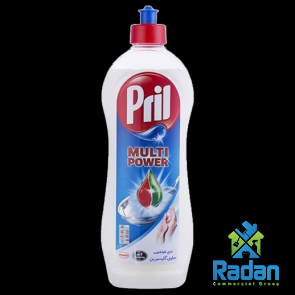
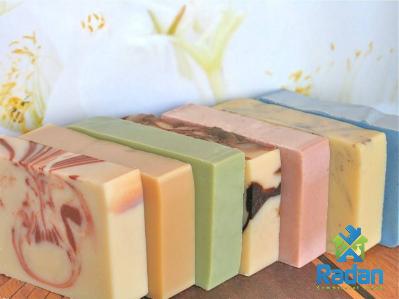
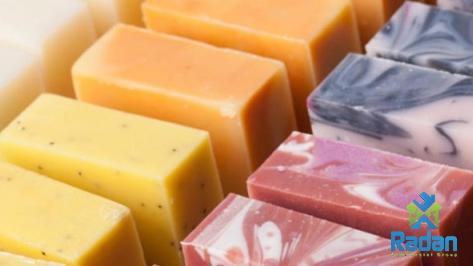
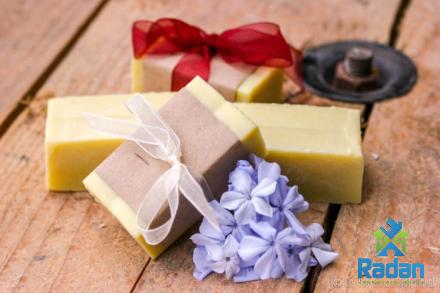
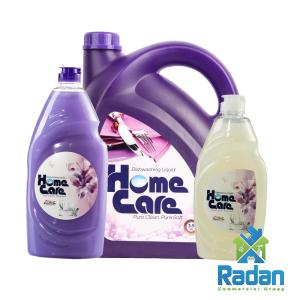
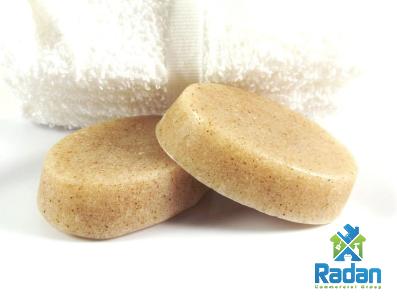
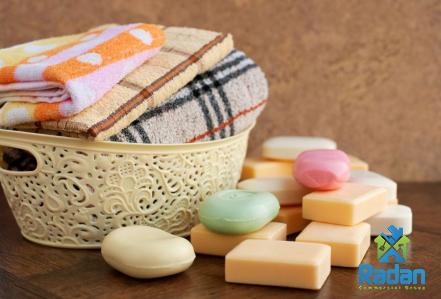
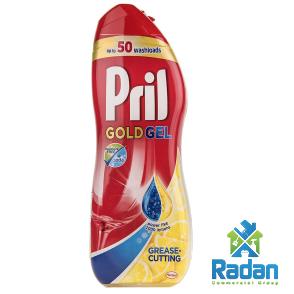
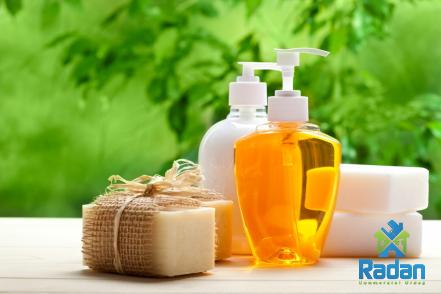
Your comment submitted.